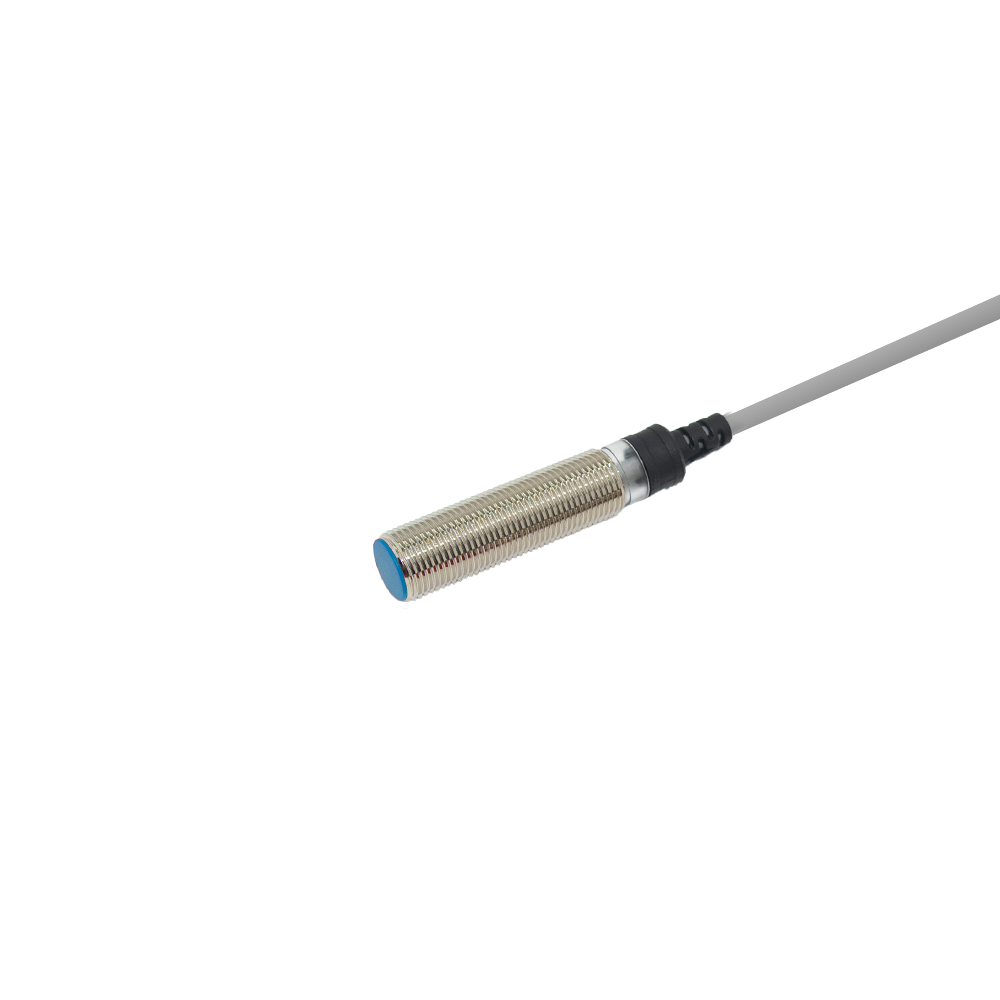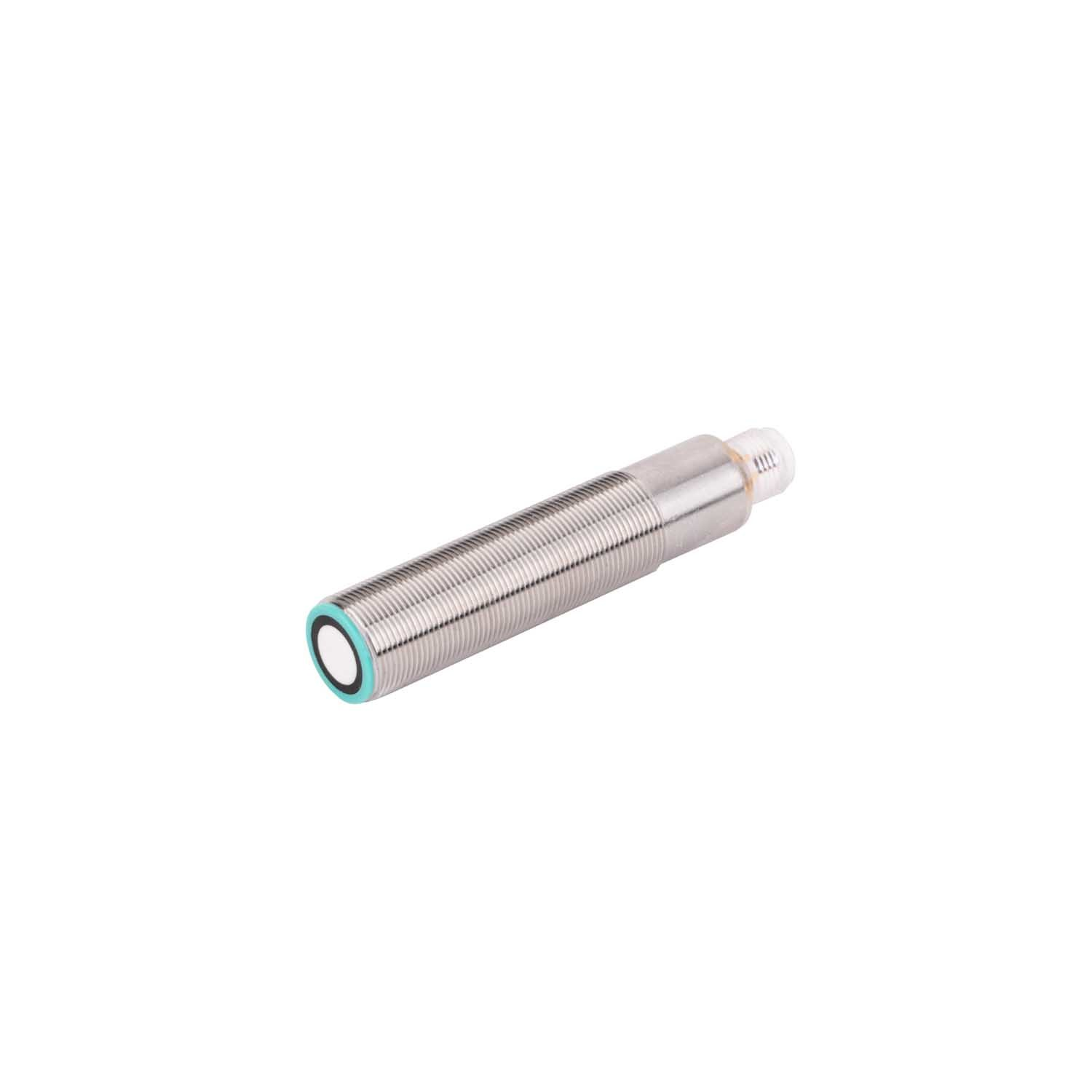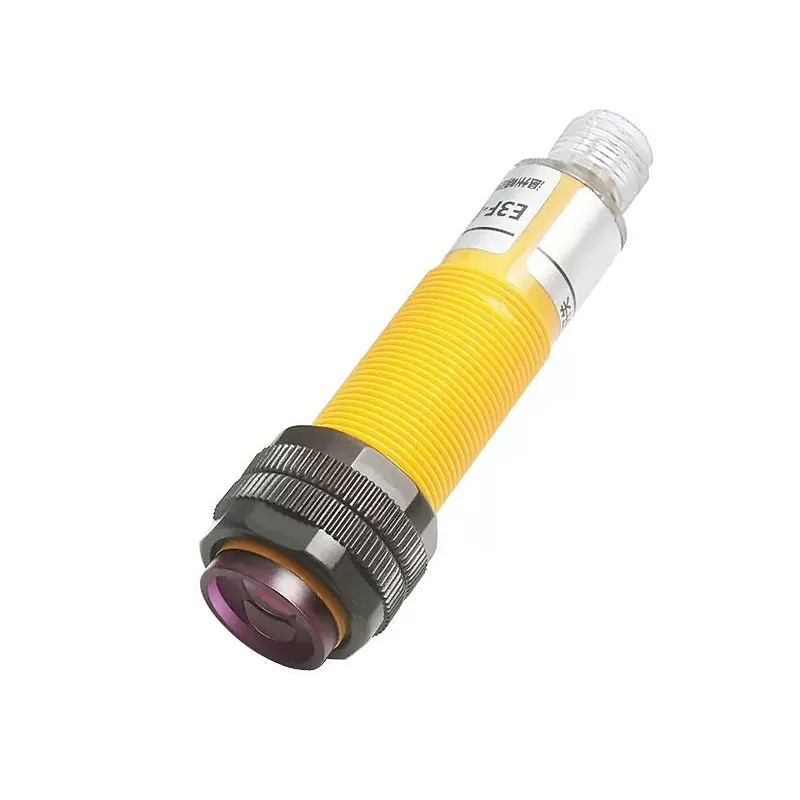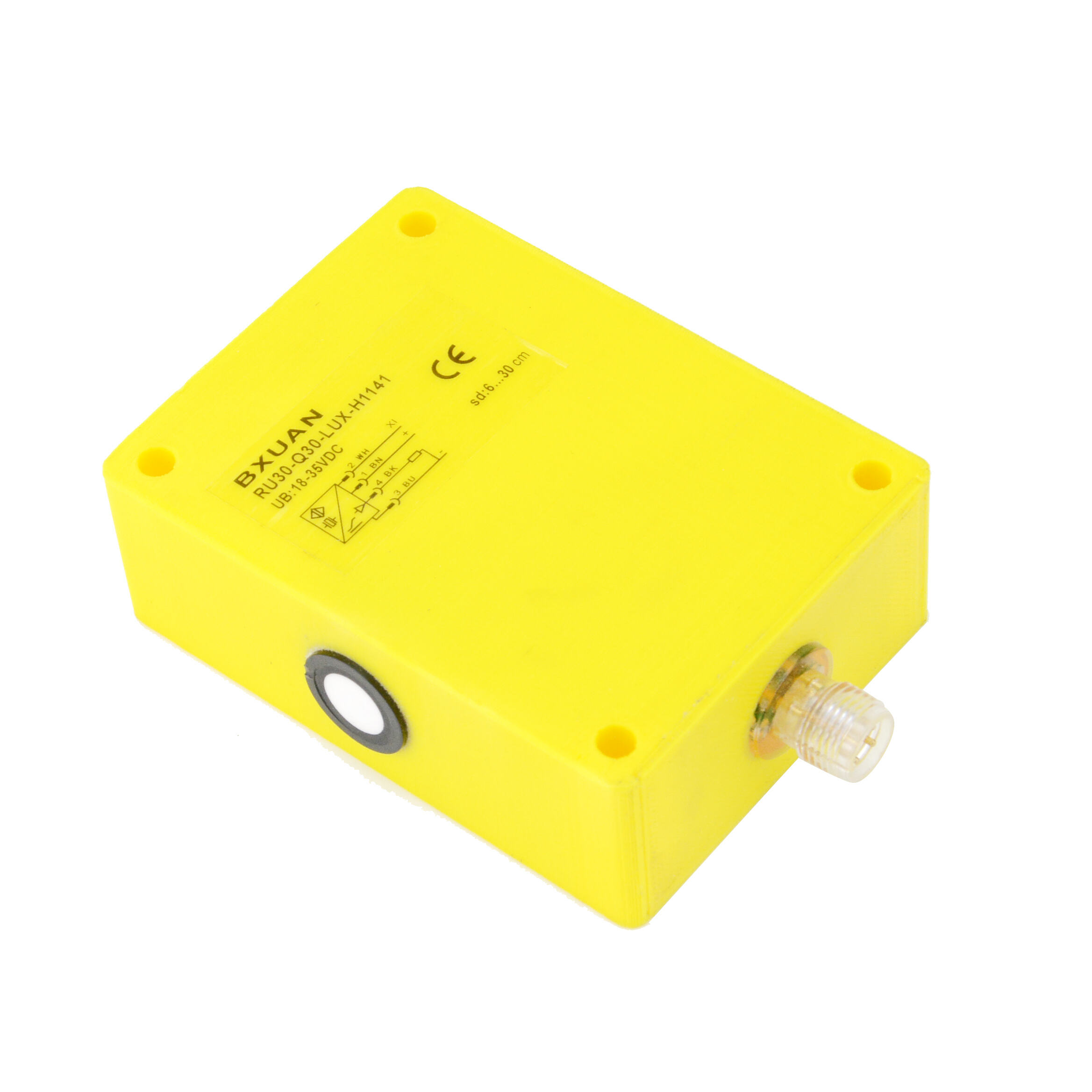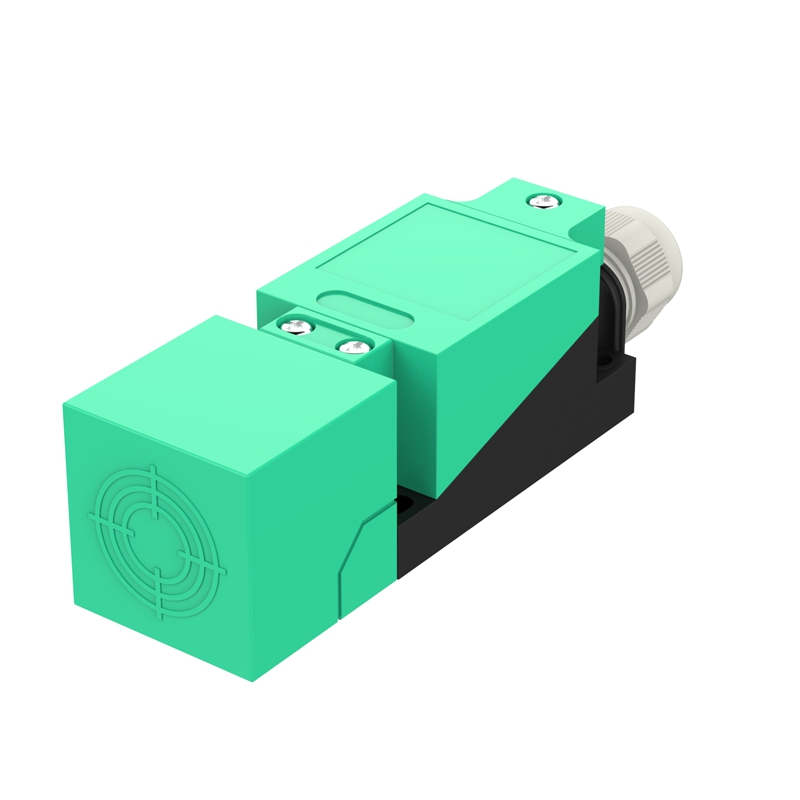parimi i funksionimit të sensorit të afërsisë
Një sensor afërsie funksionon sipas parimit themelor të zbulimit të objekteve në afërsi pa kontakt fizik. Parimi i punës përfshin lëshimin e një fusha elektromagnetike ose rreze rrezatimi dhe analizimin e ndryshimeve në sinjalin e kthimit kur objektet hyjnë në zonën e zbulimit. Këto sensorë zakonisht përdorin teknologji të ndryshme, duke përfshirë metodat induktive, kapacitive, fotoelektrike dhe ultratingujse. Sensorët induktivë gjenerojnë fusha elektromagnetike për të zbuluar objekte metalike, ndërsa sensorët kapacitivë përgjigjen ndaj materialeve metalike dhe jo-metalike duke matur ndryshimet në kapacitetin. Sensorët fotoelektrikë lëshojnë rreze drite dhe zbulojnë reflektimin ose ndërprerjen e tyre, ndërsa sensorët ultrasonikë matin distancat duke përdorur valët e zërit. Metoda e zbulimit të sensorit varet nga teknologjia specifike e përdorur, por të gjitha llojet ndjekin një sekuencë të ngjashme: emetimi i energjisë, zbulimi i ndryshimeve në sinjalin e kthyer dhe konvertimi i këtyre ndryshimeve në dalje elektrike. Kjo aftësi për zbulimin pa kontakt i bën sensorët e afërsisë të paçmueshëm në automatizim industrial, sisteme të sigurisë dhe elektronikë konsumatore. Ato shkëlqyen në mjedise ku sensorët e kontaktit fizik do të ishin të papraktikë ose potencialisht të dëmshëm, duke ofruar zbulim të besueshëm të objekteve në kushte të ndryshme. Teknologjia ka evoluar për të siguruar matje gjithnjë e më të sakta, besueshmëri të përmirësuar dhe rezistencë të rritur ndaj faktorëve mjedisorë si ndryshimet e temperaturës dhe ndërhyrjet elektromagnetike.

